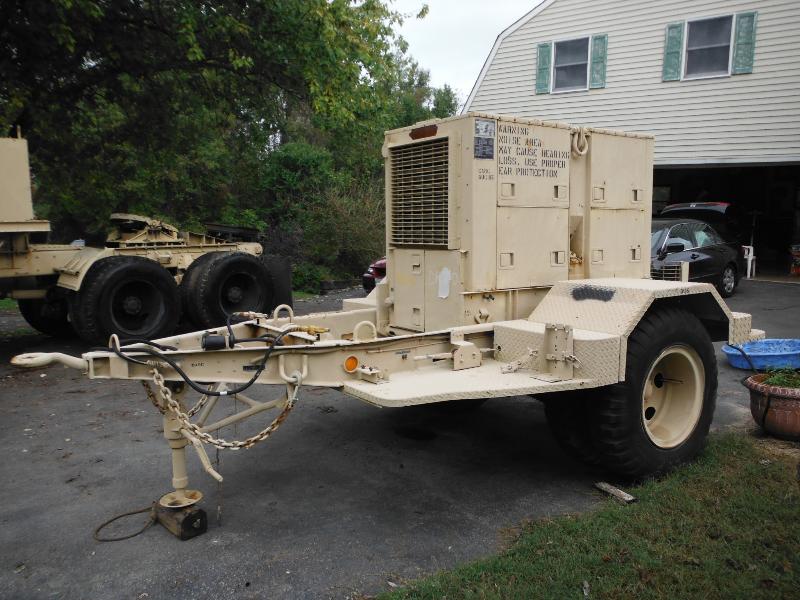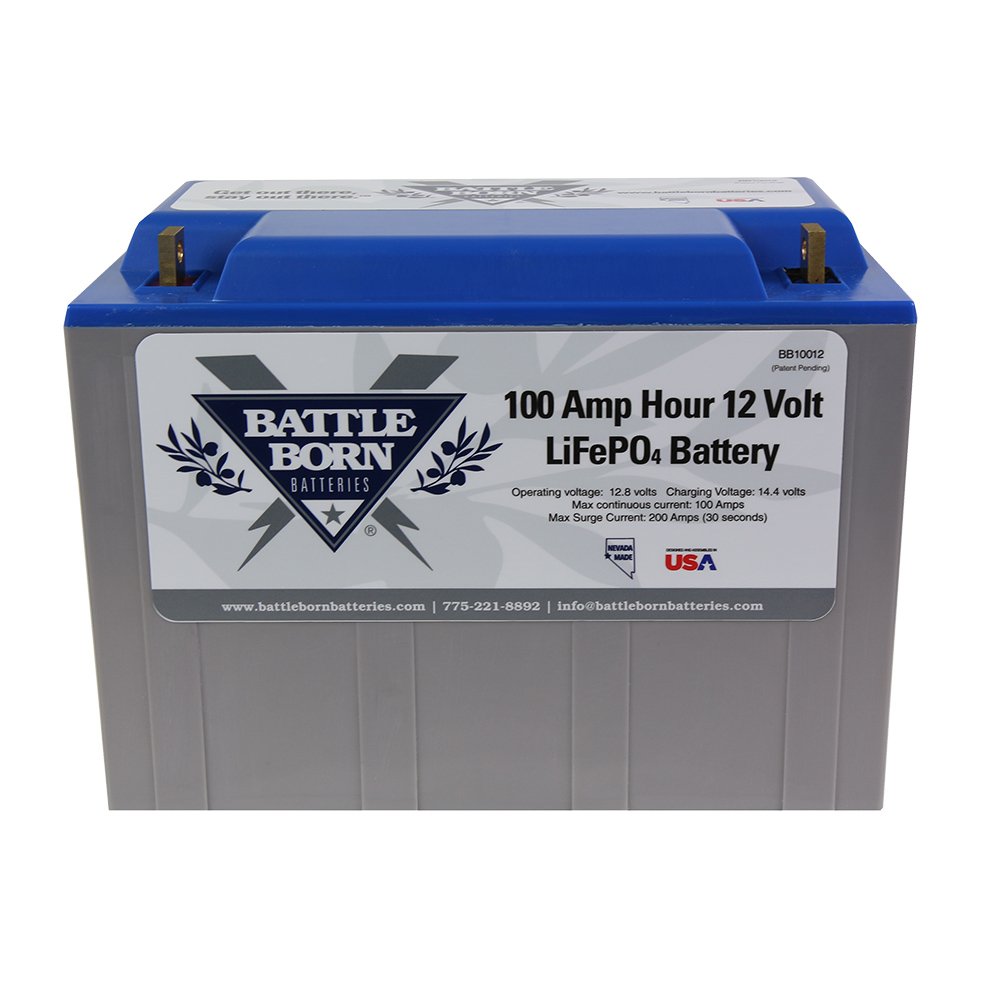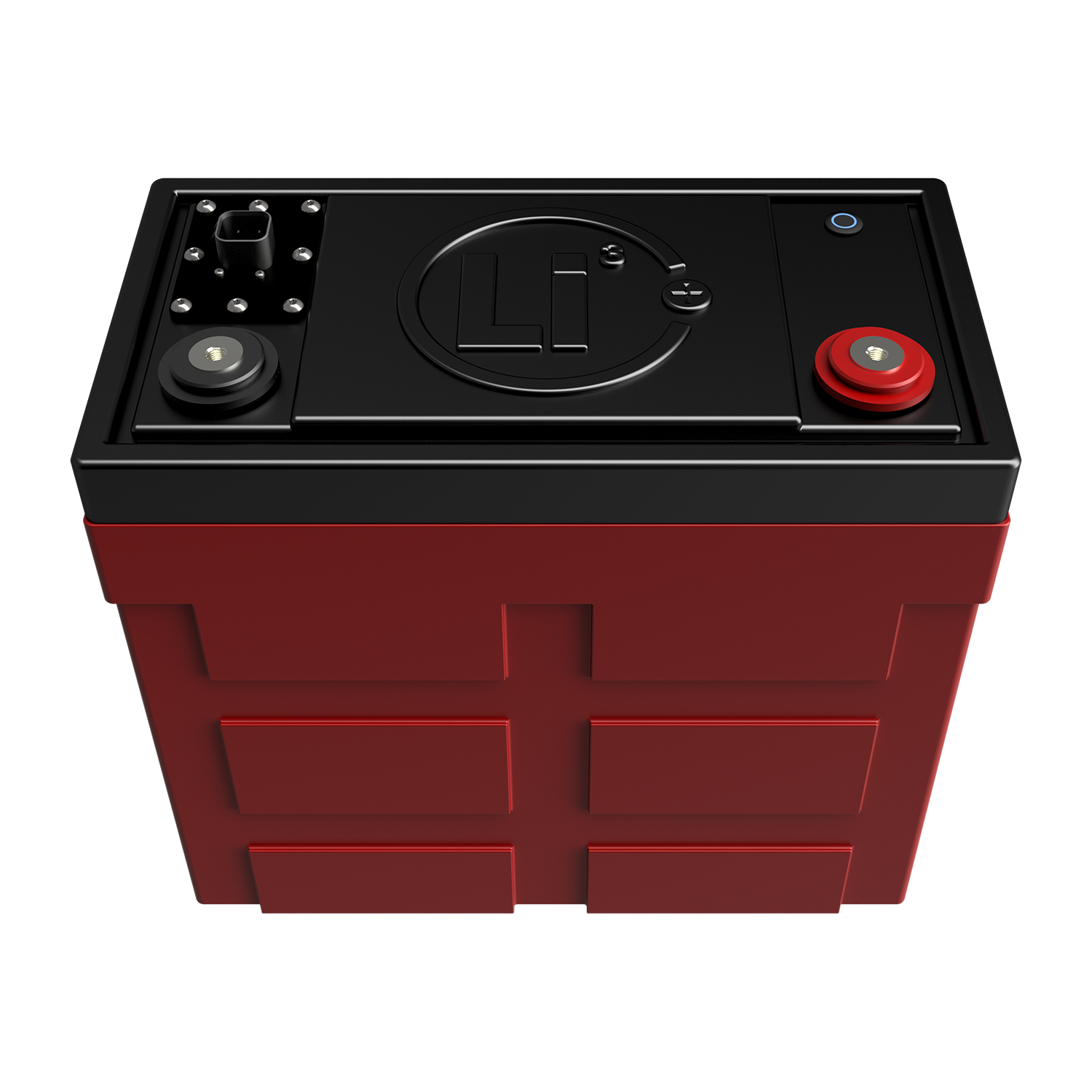ERD50
Give me a museum and I'll fill it. (Picasso) Give me a forum ...
Interesting.
I saw some owner YouTube videos of the little 1000w Sportsman unit that NW-Bound found, and their meters showed 'em staying dead-on at 60Hz despite the obviously changing engine RPMas they varied the load. The newer "true sine wave" inverter circuits must be darned accurate compared to counting on a constant engine RPM and a fixed ratio to get 60Hz.
Absolutely. The inverter is no doubt controlled by a crystal oscillator, and even the cheapest crystals (IIRC) are good to ~ 200 ppM ( +/- 0.012 Hz out of 60 Hz). Consider a $5 clock movement, or digital LCD clock - only off by a minute or so a month, if even? Amazing accuracy at almost zero cost. I could look it up, but I even in modest quantities, those crystals are probably less than 10 cents.
Sine wave inverters are great in that regard.
-ERD50




